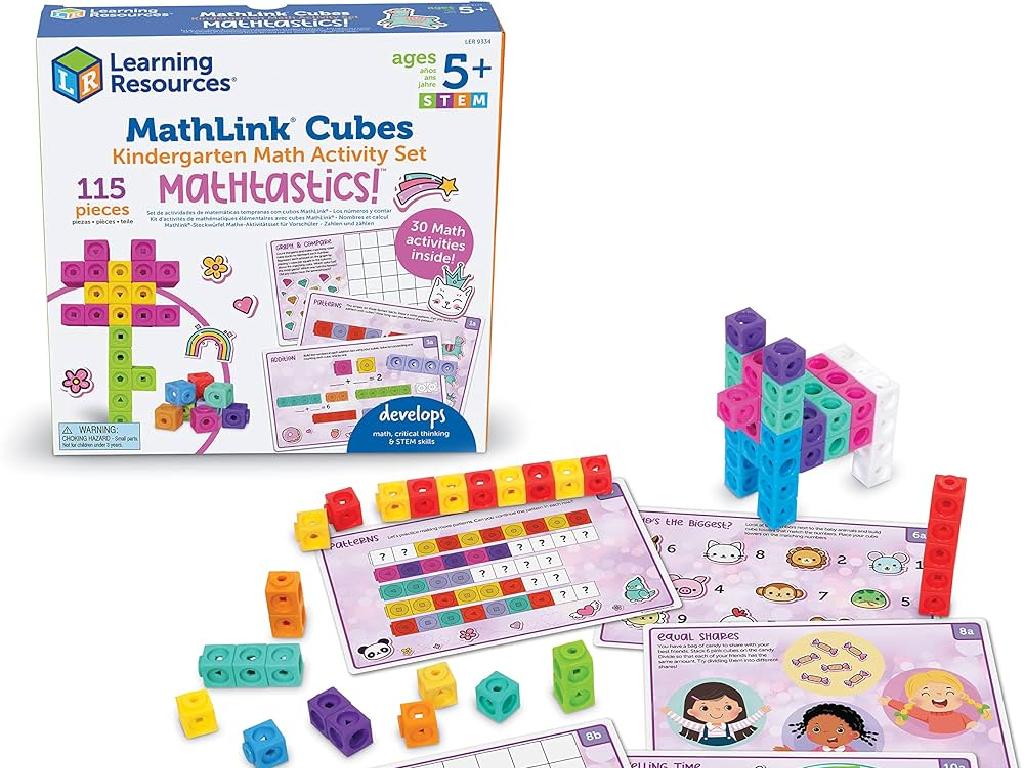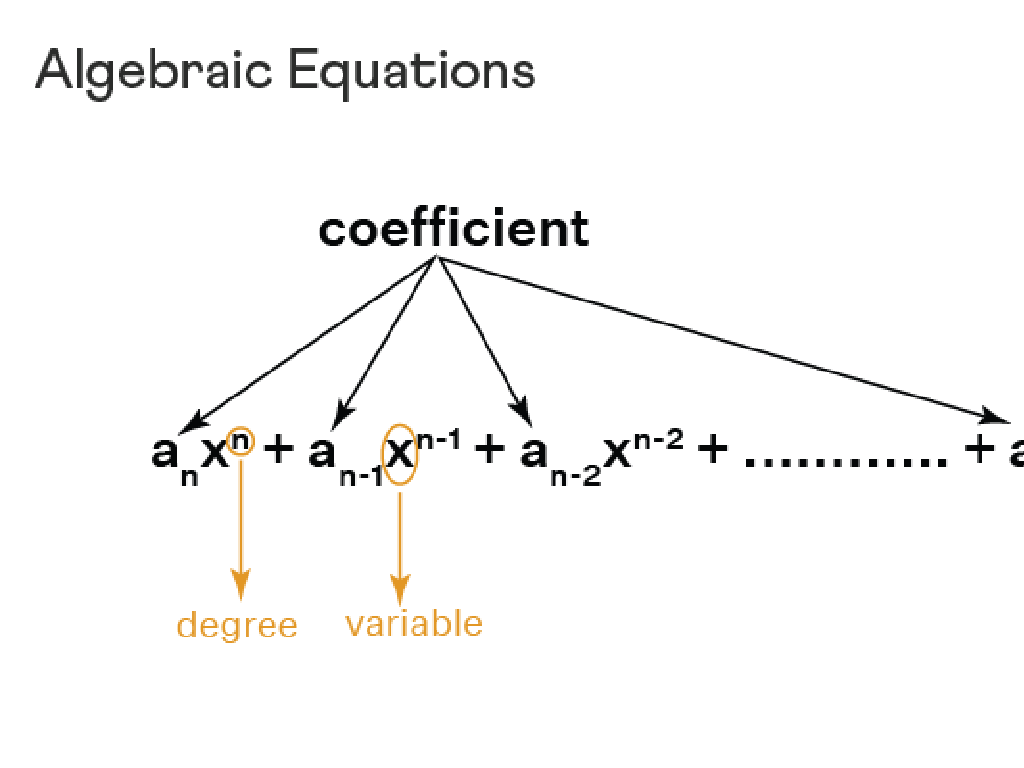Use Models To Subtract Two-Digit Numbers - Without Regrouping
Subject: Math
Grade: Second grade
Topic: Subtraction Strategies: Two Digits
Please LOG IN to download the presentation. Access is available to registered users only.
View More Content
Welcome to Subtraction!
– Learn to subtract two-digit numbers
– Subtraction is useful in daily life
– Like when we spend money or measure ingredients
– Using models to understand subtraction
– Picture blocks or drawings can represent numbers
– Making subtraction easy and fun
|
This slide introduces second-grade students to the concept of subtracting two-digit numbers without regrouping. Emphasize the practicality of subtraction in everyday situations, such as calculating change or measuring quantities. Introduce the use of visual models, like base-ten blocks or number lines, to represent the numbers being subtracted. This visual approach helps students grasp the concept of taking away quantities in a tangible way. Encourage students to think of subtraction as not just a math skill, but a useful tool in their daily lives. The goal is to create a comfortable learning environment where subtraction is seen as both accessible and enjoyable.
Understanding Subtraction
– Subtraction means taking away
– It shows how many are left
– Example: 5 apples – 2 eaten
– Start with 5, eat 2, how many left?
– Result: 3 apples left
– Subtracting 2 from 5 gives us 3
|
This slide introduces the basic concept of subtraction to second graders. Subtraction is explained as the process of taking one number away from another, which helps us determine the remaining quantity or the difference between two numbers. Use everyday examples, like eating apples, to make the concept relatable and easier to understand. Emphasize that subtraction is not just about ‘taking away’ but also about ‘finding out how many are left’. Encourage students to think of other simple scenarios where they naturally subtract items, like toys or crayons, to reinforce the concept.
Subtracting Without Regrouping
– Understanding regrouping
– Subtract numbers directly
– Place numbers in columns and subtract without borrowing.
– Start from the right
– Always begin subtracting with the ones place.
– Let’s solve an example!
– Example: 53 – 29. Subtract 9 from 3? We can’t, so we subtract 2 from 5 in the tens place.
|
This slide introduces the concept of subtraction without regrouping, which is a foundational skill in second-grade mathematics. Regrouping, also known as borrowing, is not required for the problems we will tackle today. Students will learn to align numbers by place value and subtract starting from the rightmost digits. The example provided should be simple and clear, demonstrating the process step by step. Encourage students to practice with similar problems and reassure them that it’s okay if they make mistakes; it’s all part of the learning process. Prepare to walk through the example as a class, ensuring that each student understands the concept before moving on to independent work.
Subtracting with Base-Ten Blocks
– Visualize subtraction with models
– Base-ten blocks help us ‘see’ the math
– Understand base-ten block values
– A long equals 10, a cube equals 1
– Use blocks to subtract two-digit numbers
– Take away blocks to subtract numbers
– No regrouping needed
|
This slide introduces the concept of using base-ten blocks to help second-grade students visualize the process of subtraction without regrouping. Each ‘long’ represents the number 10, and each ‘cube’ represents the number 1. By setting up the blocks to represent the initial number and then physically removing the blocks that represent the number being subtracted, students can see the result of the subtraction. This method reinforces the concept of subtraction as ‘taking away’ and helps students understand that regrouping is not necessary when the top number in each column is larger than the bottom number. Encourage students to practice with different two-digit numbers and to explain their process as they work through each problem.
Subtracting with Blocks: No Regrouping
– Start with 43 using blocks
– Use 4 longs (tens) and 3 cubes (ones) to build 43
– Remove 21 blocks
– Take away 2 longs (tens) and 1 cube (one) for 21
– Observe what’s left
– Look at the blocks that remain to see the result
– Find the answer
|
This slide is a visual and interactive approach to teaching subtraction without regrouping. By using physical blocks or a digital model, students can create a tangible representation of the problem, making it easier to understand. The example provided uses the numbers 43 and 21 to demonstrate the concept. Teachers should guide students through the process of building the number with blocks, then physically removing the appropriate number of blocks to represent subtraction. This hands-on activity helps solidify the concept of subtraction by allowing students to see the process and the result visually. Encourage students to practice with different numbers and to explain their process to reinforce their understanding.
Let’s Practice Together: Subtraction with Base-Ten Blocks
– Observe the subtraction problem
– Use base-ten blocks for solving
– Blocks represent tens and ones
– No regrouping in this exercise
– Work together to find the answer
– Help each other and learn together
|
This slide is designed for an interactive class activity to practice subtraction without regrouping using physical or visual aids like base-ten blocks. Display a subtraction problem on the board that involves two-digit numbers. Guide the students to use base-ten blocks to represent the numbers visually, with each block representing a single unit and a rod representing ten units. Emphasize that all subtraction can be done without the need to regroup, or ‘borrow,’ from the tens place. Encourage students to work together in small groups or pairs to solve the problem, fostering a collaborative learning environment. As they work through the problem, walk around the classroom to offer assistance and ensure understanding. After the activity, discuss the different methods students used to arrive at the correct answer.
Your Turn to Try: Subtraction Without Regrouping
– Try subtraction problems on your own
– Use base-ten blocks for solving
– Blocks represent ones and tens for easy visualization
– Partner up for teamwork
– Two heads are better than one, share ideas
– Help each other understand
– If your friend is stuck, show them how you solved it!
|
This slide is an interactive activity for students to practice subtracting two-digit numbers without regrouping. Provide students with base-ten blocks so they can physically manipulate the pieces to understand the subtraction process better. Encourage them to work in pairs to foster collaboration and peer learning. As they work through the problems, they should discuss their strategies and help each other overcome any difficulties. This hands-on experience is crucial for their understanding of subtraction. Possible activities: 1) Subtracting multiples of 10, 2) Subtracting using different colored blocks for tens and ones, 3) Peer checking each other’s work, 4) Creating their own subtraction problems for their partner to solve.
Class Activity: Subtraction Bingo
– Let’s play Subtraction Bingo!
– Solve subtraction problems correctly
– Use two-digit numbers without regrouping
– Mark correct answers on your bingo card
– Aim for five in a row to win a prize!
|
This interactive class activity is designed to reinforce the concept of subtracting two-digit numbers without regrouping. Prepare bingo cards in advance with different subtraction problems. Ensure that the problems do not require regrouping. Explain the rules clearly to the students and demonstrate how to solve a sample problem. As students solve problems and mark their cards, walk around to assist and verify correct answers. Celebrate each win to keep the class engaged. Possible variations of the activity could include team play, timed rounds, or using manipulatives to represent the numbers being subtracted.
Subtraction Success!
– Mastered two-digit subtraction
– Practice with base-ten blocks
– Use your blocks to subtract numbers like 53 – 29
– No regrouping needed
– Up next: Subtraction with regrouping!
|
Congratulations to the class for learning how to subtract two-digit numbers without the need for regrouping. It’s important for students to continue practicing at home using base-ten blocks, which provide a hands-on way to visualize the subtraction process. Encourage them to set aside time for math practice and to ask for help if they encounter difficulties. In the upcoming lessons, we will build on this foundation by introducing the concept of regrouping, which is used when subtracting larger numbers. Prepare different sets of subtraction problems for the next class to ensure students get ample practice with the new concept.






